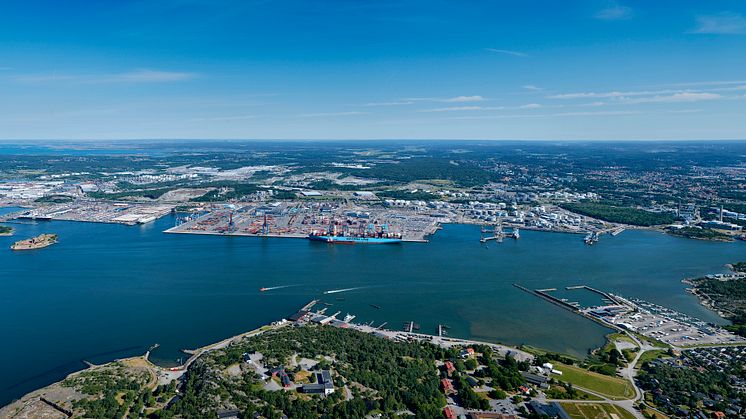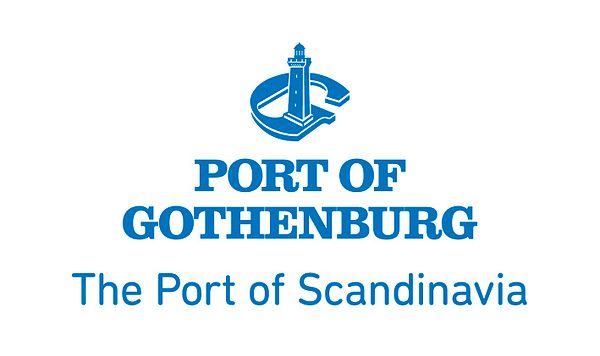
Press release -
Port of Gothenburg – a driving force behind concerted European climate collaboration
If Gothenburg, Sweden, the EU, and the world are to meet the climate challenges facing the transport industry and shipping, local initiatives are required alongside international collaboration. The Port of Gothenburg has emerged as a driving force in the move towards greener shipping within the EU.
Edvard Molitor, Senior Manager Environmentat the Gothenburg Port Authority, has been chair of the ESPO Sustainability Committee for the past three years. During the autumn, the committee will work on consolidating ESPO’s position on a range of new EU proposals to mitigate the climate impact of shipping. One example is the FuelEU Maritime Initiative, which aims to increase the use of sustainable alternative fuels in the shipping and port sector.
The work scheduled for the autumn got off to an early start last week when Valter Selén, Senior Policy Advisor Sustainable Development at the ESPO Secretariat in Brussels, visited the Port of Gothenburg. As secretary of the ESPO Collaboration Committee, Valter Selén will be working closely with the port.
“Through to 2030, the Port of Gothenburg will be at the forefront with its powerful environmental goals, which it is firmly committed to delivering on. The port is a role model in many areas, attracting attention across Europe with a succession of first-rate initiatives which I will be bringing back with me to Brussels,” said Valter Selén.
Focus on achieving new climate goals
During 2019, the Port of Gothenburg set a new goal of achieving a 70 per cent reduction in climate-impacting emissions through to 2030, including shipping emissions in the Gothenburg area. On the local level, considerable progress has been made. As part of the transition to fossil-free operations, the port terminals are in several cases already fossil free or will be before the end of 2020.
As regards land transport to and from the port, the long-term shift from road to rail is well under way. The Port of Gothenburg has the highest proportion of rail-borne containerised goods in the world – 60 per cent. The figure is growing as new initiatives emerge, including the double-track Port Line system and new cross-docking terminals. The port also offers a large number of shoreside power supply points for vessels, an environmentally differentiated port tariff, and increased access to sustainable fuels.
“We are already well to the fore on land and we are working with our partners at the port on the development of a dynamic sustainability programme as part of our undertaking to make a genuine difference in the long term,” said Edvard Molitor.
According to Edvard Molitor, one of the toughest challenges will be at sea, where cross-border collaboration is pivotal to sustainable development. “The work taking place within the ESPO Collaboration Committee is vital if as a port we are to achieve our climate objectives, and if global shipping is to take the giant leap forward that will prove necessary to counteract climate change,” Edvard Molitor concluded.
Topics
Fact file: Port of Gothenburg
The Port of Gothenburg is the largest port in the Nordic region. 30 per cent of Swedish foreign trade passes through the Port of Gothenburg as well as half of all container traffic.
The Port of Gothenburg is the only port in Sweden with the capacity to receive the world's largest container vessels and has the broadest range of shipping routes within and outside Europe. The 25 rail shuttles that depart each day mean that companies throughout Sweden and Norway have a direct, environmentally smart link to the largest port in the Nordic region. The Port of Gothenburg has terminals for oil, cars, ro-ro, containers and passengers.

